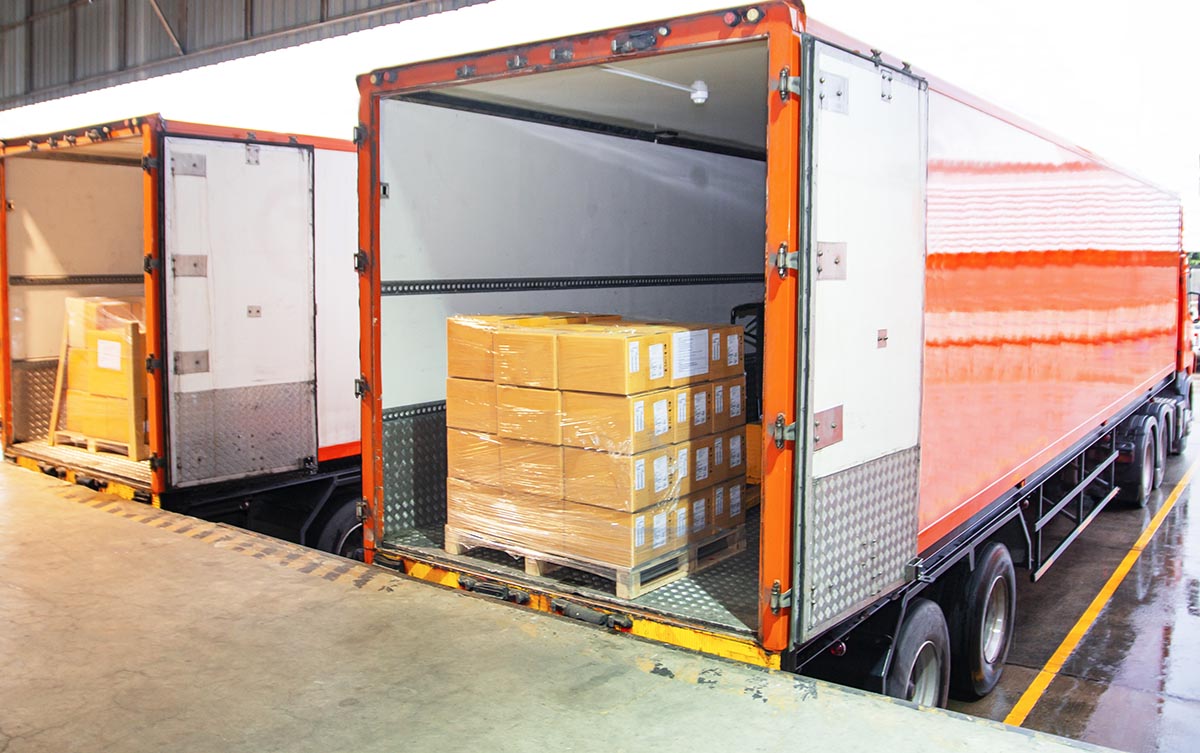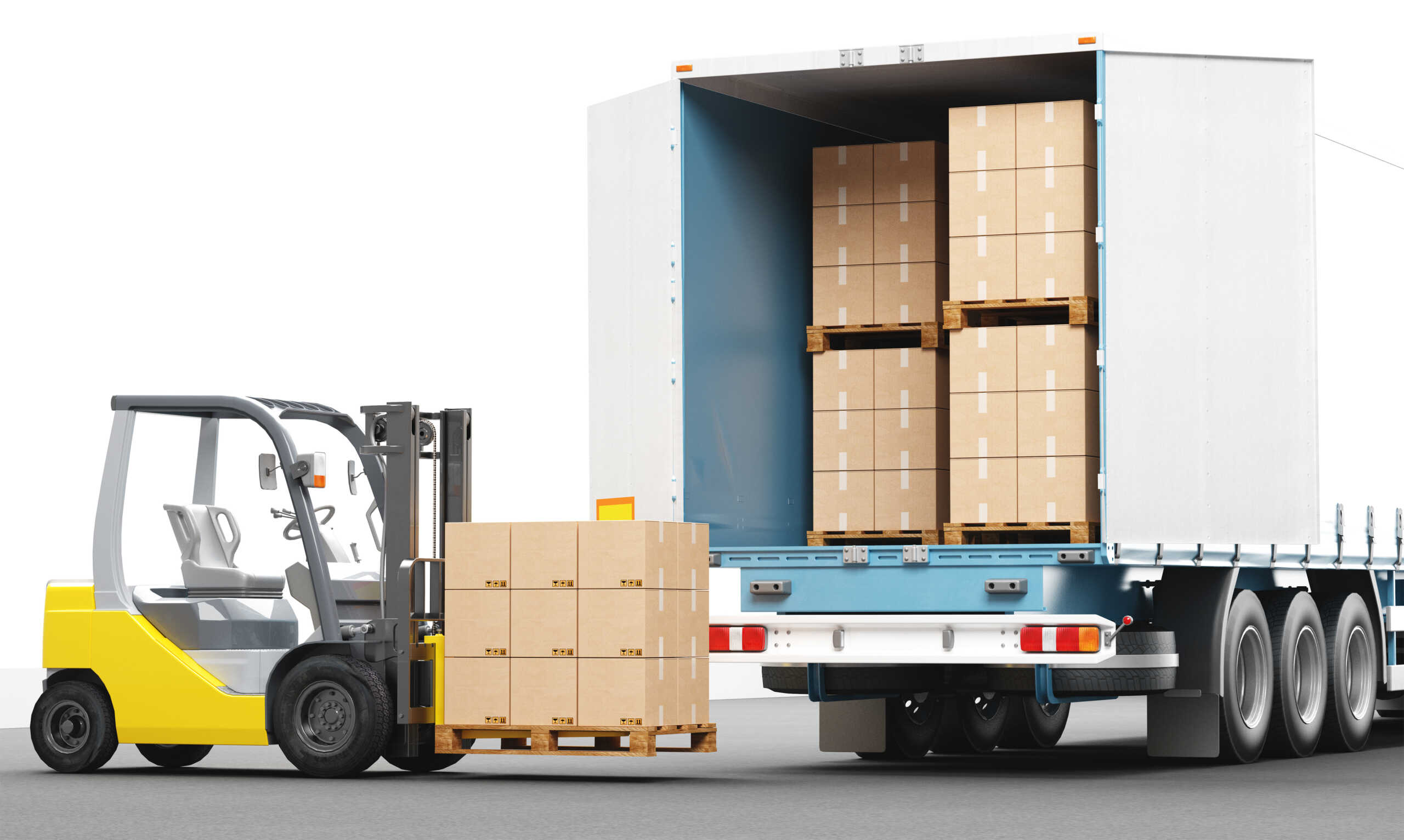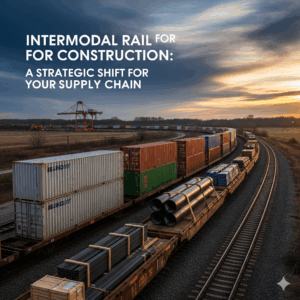In today’s business world, finding the right balance between cost-effective and efficient shipping solutions is crucial. For businesses that deal with smaller freight quantities, Less-Than-Truckload (LTL) shipping can be a great choice. But the best practices for LTL shipping can feel overwhelming.
While Full Truckload (FTL) shipping might seem like the only option, LTL offers a powerful alternative. However, mastering LTL requires more than just throwing some boxes on a pallet.
In this blog, we’ll explore the best practices to optimize your LTL shipments, saving you money and ensuring your goods arrive safely and on time.

What is LTL Shipping?
Less-than-truckload (LTL) shipping is an important way to transport goods, and it can be adapted to fit the needs of many different businesses. Unlike full truckload (FTL) shipping, which uses an entire truck for one large shipment, LTL shipping works by putting together smaller shipments from different companies on the same truck.
What Are The Best Practices For LTL Shipping?
Here are some easy tips to optimize your Less-Than-Truckload (LTL) shipping for both efficiency and cost savings:
Tip 1: Plan and Consolidate Shipments
- Save Money: Combine smaller shipments into larger ones to reduce per-unit shipping costs.
- Simplify Management: Fewer shipments mean less paperwork and easier tracking.
- Reduce Damage: Minimize handling by consolidating shipments, lowering the risk of damage.
Tip 2: Optimize Packaging
- Protect Your Goods: Use strong materials and proper techniques to ensure safe travel during LTL handling.
- Palletize When Needed: Palletization offers stability and simplifies handling for LTL shipments.
- Choose Wisely: Consider factors like vibration and weather conditions when selecting packaging materials.
Tip 3: Leverage Technology
- Track Your Shipments: Online platforms offer real-time tracking and access to shipping documents.
- Get Better Rates: Online tools can help you find competitive LTL shipping rates.
- Make Smarter Decisions: Data analysis helps identify improvement areas and adapt to market changes.
Tip 4: Build Relationships with Reliable Carriers
- Reliable Deliveries: Choose a carrier with a strong network and a history of on-time deliveries.
- Excellent Service: Responsive customer service is crucial for addressing any shipping issues.
- Long-Term Benefits: Strong carrier relationships can lead to better rates and customized services.
Tip 5: Stay Informed About Industry Trends
- Gain a Competitive Edge: Understanding industry trends helps you make informed decisions.
- Adapt to Change: Stay ahead of the curve by anticipating changes like new regulations or technology.
- Mitigate Risks: Proactive awareness of market shifts allows you to adjust your shipping strategies.
By following these tips, businesses can leverage LTL shipping as a cost-effective and efficient way to transport their goods.

Bonus LTL Shipping Tips
If you want to be a bit more efficient, here are some extra steps you can keep in mind that are not mandatory to follow every time –
- Utilizing Multiple LTL Carriers
Don’t get stuck with just one LTL carrier! Having a few different ones in your back pocket is like having more friends to choose from.
Here’s why:
- More Choices: With more LTL carriers as your buddies, you have more options for pricing, routes, and truck availability. It’s like comparing prices at different stores to find the best deal!
- Local Gems: Sometimes you can find smaller LTL carriers in your area who offer great prices, especially for shorter trips. Think of them as the local shops with hidden treasures!
- The Long Haul: If your shipment needs to travel a long distance, it might need to switch LTL carriers along the way. This is called “interlining,” and while it can take a bit longer and cost a bit more, your friendly LTL network will take care of everything.
- Need Options? We Got You with RailGateway! Especially in busy times when everyone needs LTL shipping, having a few carriers as friends means you’ll always have choices. No more waiting in line forever!
So, the next time you need to ship something, don’t be afraid to make some new LTL carrier friends! They’ll help you get your stuff where it needs to go, for a good price and with a smile.
- Keep Your Parcel Size In Check
LTL shipping offers great value, but a few smart moves can save you even more:
- Weight Matters: LTL rates consider weight and size. The heavier your shipment (up to 20,000 lbs!), the lower the rate per pound (think bulk discounts!). Combining smaller shipments can help you reach those weight breaks.
- Size it Right: Carriers use dimensions to plan truck loads. Be accurate! Incorrect measurements might lead to extra charges.
- Think Cubic: Aim for a cube-shaped shipment. If it fits on a pallet, that’s perfect! Any extra bulk adds to the cost.
- Split & Ship: If you have oddly shaped items that don’t fit the cube, consider sending them separately via parcel or another method.
Additional Services for LTL Shipping –
Beyond the standard LTL shipping option, several additional services can enhance your experience:
- Expedited Service
This service prioritizes faster delivery of your LTL shipment compared to the standard transit time. It’s ideal for situations where you require quicker arrival of your goods.
- Liftgate Service
This service is crucial when your freight exceeds 100 pounds and the receiving location lacks a dock for unloading directly from the truck. A liftgate is a hydraulic platform that lowers the shipment to the ground for easier handling.
- Limited Access Delivery
If the delivery destination has limited access for large trucks, such as construction sites or rural locations, selecting this service ensures safe and efficient delivery.
- Inside Pickup and Delivery
This service caters to situations where the LTL carrier needs to enter the building to pick up or deliver your shipment. This is particularly helpful for heavy or bulky items that require assistance for moving within the building.
Conclusion
So are you ready to tame the shipping chaos? LTL shipping offers a cost-effective and efficient way to move your goods. By planning shipments, optimizing packaging, and leveraging technology, you can save money and streamline your supply chain.
Build strong carrier relationships and stay informed to navigate the ever-changing market. Put these tips to work and watch your LTL shipping become a competitive advantage!

FAQ’s
What Is Itl Standard Shipping?
LTL standard shipping is slower mail service typically taking three to seven business days to deliver a package. This is a cost-effective option often used for non-urgent deliveries.
What Is The Best Way To Ship Ltl Freight?
To ensure the secure transport of Less-Than-Truckload (LTL) shipments, two primary packaging methods are employed: crating and palletizing. Given the multiple handling points inherent to the LTL shipping process, utilizing robust crates or pallets offers optimal protection for your goods. For optimal stability, it is recommended to strategically place heavier items at the base of the crates or pallets, with lighter items carefully positioned on top.
How Is Ltl Calculated?
LTL rates are established through a weight-based system. The pricing factor leverages a unit termed the “hundredweight” (CWT), also known as the “centum weight.” Significantly, heavier shipments incur a lower rate per CWT.
What Are The Requirements For Ltl?
For a shipment to qualify as LTL it has to fulfill the following requirements :
- Weigh in-between 150 and 15,000 lbs.
- Measure up to 15 feet in length.
- It may be palletized or non-palletized.





